Introduction

Design philosophy is generally a reflection of a regions geography and demography and motorcycle design is no different. European motorcycles have always been more flamboyant with their bold demeanour and powerful engines, while Japanese motorcycles have traditionally maintained a low profile with their lean design and understated engines. This modesty however didn’t reflect their performance, as the Japanese motorcycles have always performed on par with the European counterparts, thanks to their astonishing power-to-weight ratios, that matched or many times bettered the exotics.

But the new decade has brought about a twist into this tale. The entry-level supersports motorcycle segment in India sees the stunning Japanese Kawasaki Ninja 300 being challenged by the lightweight single-pot European – the KTM RC390. While the RC390 looks outlandish in its own right, just one glimpse at the Ninja 300 is enough to figure out that the Japanese have outplayed the Europeans in their own game.

A successor to the Ninja 250R, the Ninja 300 rides on the pedigree of the Kawasaki Ninja series, the name which immediately conjures up the image of an alluring green supersports motorcycle. KTM on the other hand, is an Austrian manufacturer which is known world over for its adventure and motocross motorcycles. To create the RC390, KTM first took the intimidating Duke 390 and added a lot more flair to it with a new angular fairing, twin projector headlamps with DRLs and steel fuel tank among others, mutating it into a supersports motorcycle. The result is that the RC390 is one menacing looking motorcycle, which won’t seem out of place in a Transformers movie. We recently tested out the RC390 at a test track where it managed to impress us with its single-minded approach towards a race track. But will it be enough to take on the green monster from Japan? Here is an on paper comparison of the two supersports motorcycles.
Looks and styling

The RC390 gets an angular faring and windshield which not only enhances the motorcycle’s visual appeal, but also improves airflow and reduces its drag coefficient. The new clip on handlebars, step seats and the repositioned footrests and pedals give the motorcycle a sporty riding stance. It also gets wider fairing-mounted OVRMs with integrated blinkers. The rear of the RC390 is one of the most visually captivating sections of the motorcycle. The RC390’s slender looks is complemented by the matte black rear seat and its rear tail lamp assembly, which has the LEDs arranged in a single row. KTM has cleverly integrated the pillion seat into the bodywork’s lines to make it resemble a racing bike's rear cowl. While just the sight of the rear seat might discourage some people from hopping on for a pillion ride, the company claims that the seat provides excellent comfort for the rear seat passengers.

The RC390 gets a three-chamber underbelly silencer which is positioned close to the bike's overall centre of gravity for better weight distribution. While this not only prevents accidental contact with the rider's or passenger's legs, it is also something which makes a world of difference in supersport bikes.

Though the RC390 does look radical, the Ninja 300, which looks like a scaled-down version of the monstrous ZX-10R superbike, takes the cake when it comes to looks and styling. The sharp styling, twin headlamps, exhaust and the massive fairing complete with air scoops and integrated indicators give the Ninja 300 oodles of sex appeal. Styled along the lines of the company’s ‘mass forward, minimalist tail’ philosophy, the aerodynamic body is proficient not only at pushing the Ninja 300 towards its top speed, but also redirects the hot air from the engine away from the rider’s legs. The two-piece handlebar and the seats of the Ninja 300 offer a very comfortable yet sporty riding posture, which makes it ideal for use both on the track as well as for long rides. The windshield gets a modern floating design that facilitates smoother airflow around the rider’s helmet. The seats are cozy enough to be used on long rides and the ergonomics are spot-on. The long and curved two-into-one header design of the exhaust system with brushed-finish metal silencer guard contributes to the Ninja 300’s appeal and gives it a big-bike feel.
Instrumentation and features

Being fresh out of the oven, the KTM RC390 gets some newfangled features like projector headlamps, LED DRLs, an ABS system and innovative turn blinkers which have been integrated into the mirrors. KTM has taken care of a few niggles which were observed in the Duke 390, to improve the quality of RC390.

The RC390 borrows a fair bit of parts from the Duke 390 and the instrument cluster is one of them. It gets a fully digital orange backlit instrument panel which reads out a whole bunch of information about the motorcycle including gear position, rpm reading, service reminder information, fuel consumption and range. The single-piece handlebar of the Duke 390 has been ditched in favour of clip-on handlebars, though the switchgear has been lifted off the Duke 390 parts bin. Switches have been ergonomically repositioned to match the motorcycle's new riding position.

Despite the improvement, the Ninja 300 is far superior in terms build quality, though this is more due to the differences in manufacturing principles behind the two motorcycles. While the RC390 is a mass-market product entirely manufactured in India, the Ninja 300 is imported in completely knocked down (CKD) units from Thailand.

Build quality of the Ninja 300 is the finest in its class and everything on the motorcycle has a premium feel to it, as if it was built to a spec and not to a price. The Ninja 300 gets a partial analog/digital instrument cluster with a large analogue tachometer and a digital multifunction display. The digital display integrates a speedometer, odometer, dual trip meters, fuel gauge, clock and an economical riding indicator (ECO). One of the biggest grouses on the Ninja 300 however, is the absence of an ABS system, which might be a cause for concern on such a powerful motorcycle.
Engine, gearbox and suspension

Unfortunately we still haven’t managed to get both the RC390 and the Ninja 300 at same time for a comparison test – but till then, here is our attempt to alleviate your pain bycomparing their architecture and performance.
The RC390 is built around a steel trellis frame, similar to the one in the Duke, though the head angle has been reduced by 1.5 degree to improve the RC390’s agility. The front wheels get 43mm inverted forks while at the rear, the monoshock is directly linked to the alloy swingarm. This setup increases the motorcycle’s cornering precision, stiffness and stability to give the rider the feel of a supersports motorcycle.
The RC390 is powered by the same four-stroke single-cylinder 375cc engine which is used in the Duke 390. The engine is liquid-cooled and gets electronic fuel injection to ensure good performance, respectable economy and reduced emissions. It pumps out 43bhp and 35Nm of torque and comes mated to a six-speed gearbox, which gets the same gear ratios as the Duke 390. The engine has been cleverly engineered with a compact design and stacked transmission shafts to keep the weight at bay. As a result, the engine, keeping in tune with the rest of the motorcycle, weighs just 36kg. This kind of power figures, coupled with its feather-like 147kg dry weight means that the RC390 has the best power-to-weight ratio in its class, which places it on top of the performance to price graph. Braking on the RC390 is taken care of by 300mm disc at the front and 230mm disc at the rear which, combined with the Bosch ABS system, should provide abundant stopping power. ABS is offered as a standard fitment, though it can be disengaged by holding down a button down on the gauge.
Not just the engine, but the reworked chassis and suspension also play a key role in the Ninja 300’s improved performance. The more rigid, semi-double-cradle steel frame has improved the cornering feel of the motorcycle as well as its riding dynamics. The front gets 37mm telescopic forks and the rear gets a Uni-Trak linkage system with five-way adjustable preload which provide a balance between sportsbike-like handling and ride comfort.
The new parallel-twin engine in the Ninja 300 displaces 296cc and churns out a healthy 38.5bhp and 27Nm of torque, through a six-speed gearbox. The transmission gets a FCC slipper clutch, which cancels out the concerns of rev-matching and rear wheel lock-ups, thanks to a back-torque limiter with self servo technology. Despite the 47cc bump in displacement, Kawasaki has managed to keep a check on the engine weight thanks to weight-saving measures like the use of die-cast aluminium cylinder, a new cylinder head and lighter pistons. The engine has been rubber-mounted on the frame to keep vibrations at a bare minimum. The Ninja 300 gets a 290mm front petal disc at the front and a 220mm petal disc at the rear, both of which get a two-pistoncalliper.

Verdict

A few years back, a biking enthusiast who longed for a decently fast motorcycle and had some spare cash lying around, didn’t have many options. Today though, walking into a KTM showroom will in itself give you more than one option if you are looking for an entry-level performance motorcycle. But which one should you pick?
Overall, the Ninja 300 is a good-looking and satisfying motorcycle, and a worthy successor to the Ninja 250R. The RC390 however, thanks to its 5bhp and 25kg advantage over the Ninja 300, is considerably more powerful and beats it fair and square. The RC390 also stands tall on top of the list when it comes to offering the best value for money and at this price point, it is a definitely a steal.
On a different note, it is very unlikely that the RC390’s single-cylinder engine will be able to match the refinement of Kawasaki’s parallel-twin powerplant. In terms of outright speed, the RC390 will definitely be quicker than the Ninja 300, be it on a race track or the street, but during a long haul, the Ninja 300 will be the preferred weapon of choice for a majority of enthusiasts.
In the end, it all comes down to one thing – your usage. If you enjoy hitting the twisties and plan to visit a race track every once in a while, then the RC390 is the motorcycle you should pick. Also, as it is locally manufactured, the cost of spares and maintenance of the RC390 will be comparatively lesser than that of the Ninja 300. However, if you plan to use the motorcycle extensively and go out on long road trips every once in a while (and have loads of cash lying around), then the Ninja 300 will the perfect motorcycle for you.

Gallery
1/22
Double Tap to Zoom
























![KTM RC390 [2014-2016] Image KTM RC390 [2014-2016] Image](https://imgd.aeplcdn.com/272x153/bw/models/ktm-rc390-standard-490.jpg?20190103151915&q=80)
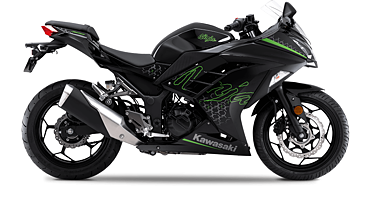
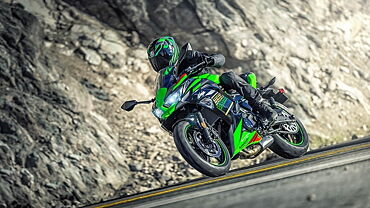
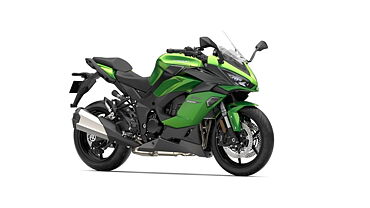
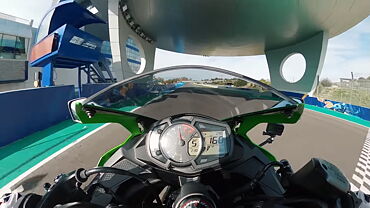
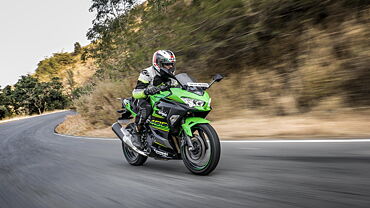

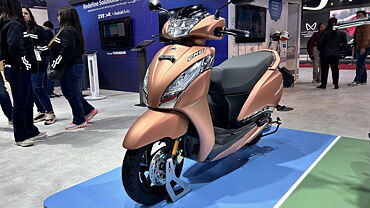
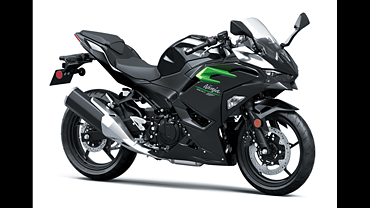
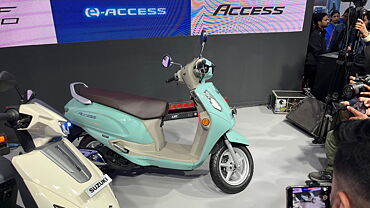
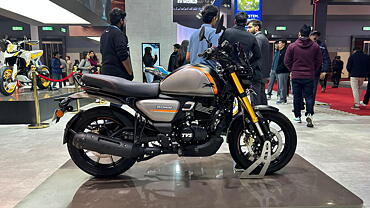
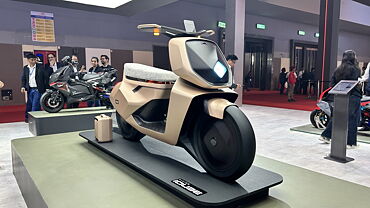
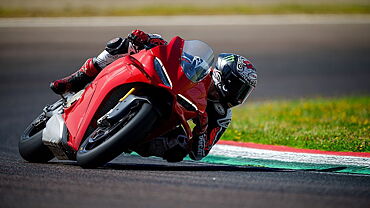
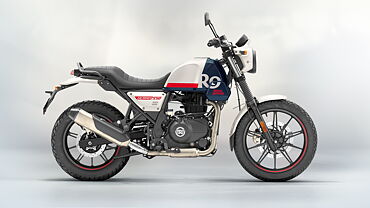
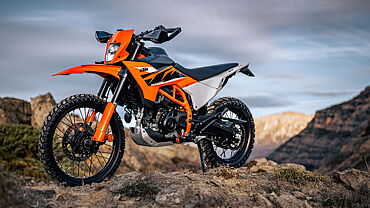

![KTM RC390 [2014-2016] Wheels-Tyres KTM RC390 [2014-2016] Wheels-Tyres](https://imgd.aeplcdn.com/199x112/bikewaleimg/ec/1838/img/l/ktm-rc390-wheels-tyres-10129.jpg?v=201711021421&q=80)
![KTM RC390 [2014-2016] Wheels-Tyres KTM RC390 [2014-2016] Wheels-Tyres](https://imgd.aeplcdn.com/199x112/bikewaleimg/ec/1838/img/l/ktm-wheels-tyres-10118.jpg?v=201711021421&q=80)
![KTM RC390 [2014-2016] Front Three-Quarter KTM RC390 [2014-2016] Front Three-Quarter](https://imgd.aeplcdn.com/199x112/bikewaleimg/ec/1838/img/m/ktm-rc390-front-three-quarter-10091_l.jpg?v=201711021421&q=80)
![KTM RC390 [2014-2016] Tail Lamp KTM RC390 [2014-2016] Tail Lamp](https://imgd.aeplcdn.com/199x112/bikewaleimg/ec/1838/img/l/ktm-rc390-tail-lamp-10130.jpg?v=201711021421&q=80)
![KTM RC390 [2014-2016] Switchgear KTM RC390 [2014-2016] Switchgear](https://imgd.aeplcdn.com/468x263/bikewaleimg/ec/1838/img/l/ktm-chain-cover-10119.jpg?v=201711021421&q=80)
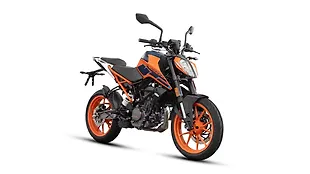
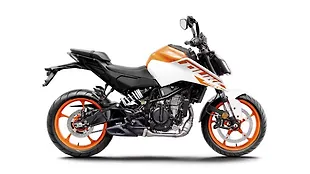
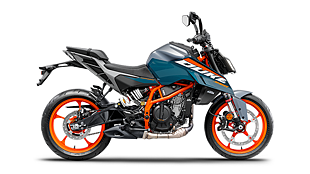





![KTM 390 Adventure X [2025] KTM 390 Adventure X [2025]](https://imgd.aeplcdn.com/272x153/n/cw/ec/190885/390-adventure-x-2025-right-side-view.jpeg?isig=0&q=80)